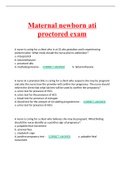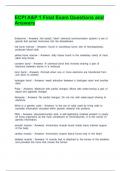Notes de cours
CRITICAL CARE MEDICINE An Algorithmic Approach
- Établissement
- Arizona State University - Downtown Campus
Critical Care Medicine is a broad subject that covers many areas and almost all subspecialties of internal medicine. As one might remember from one’s years in residency, the ICU rotation is exciting and the favorite of many. In this book we discuss practical issues of critical care medicine div...
[Montrer plus]












